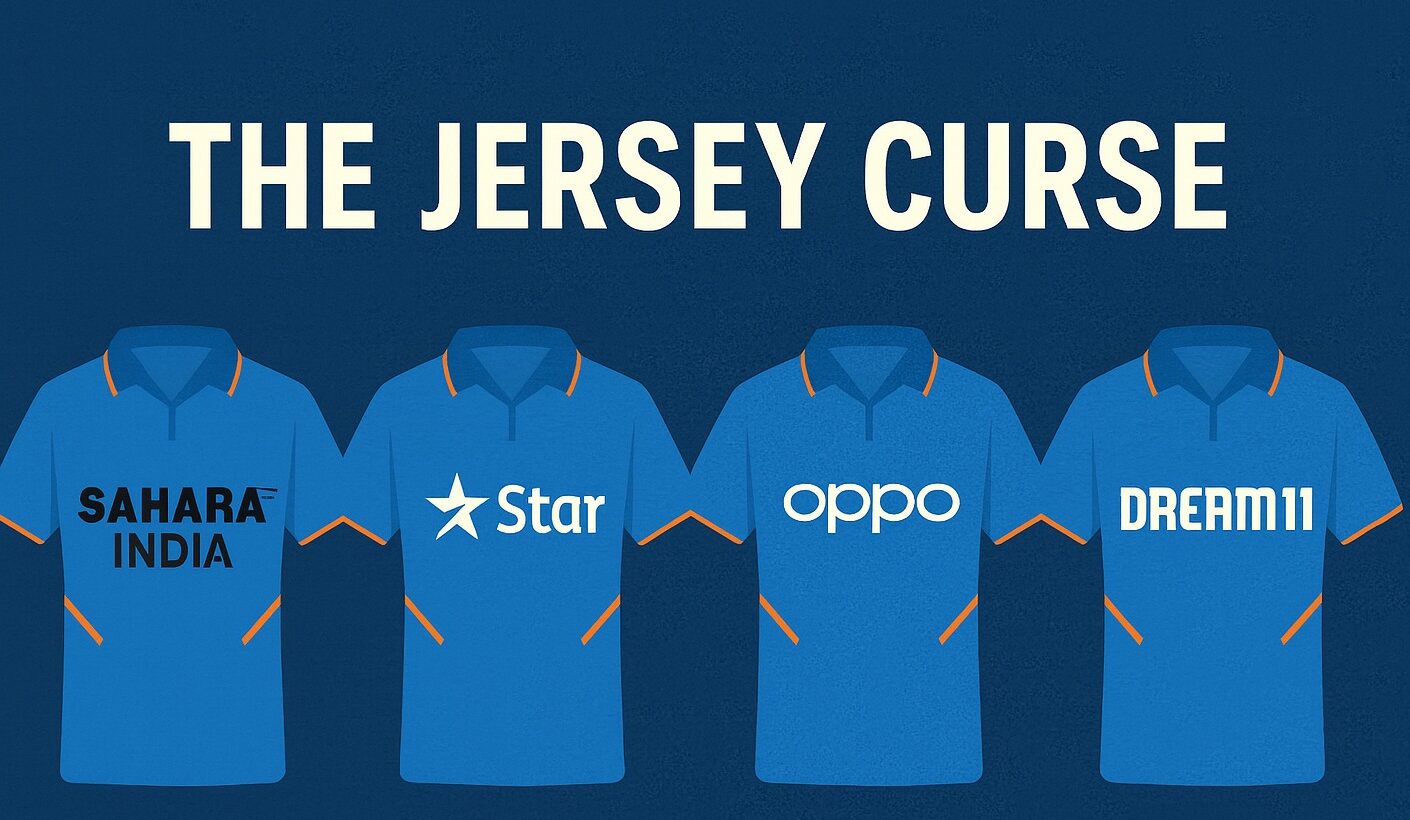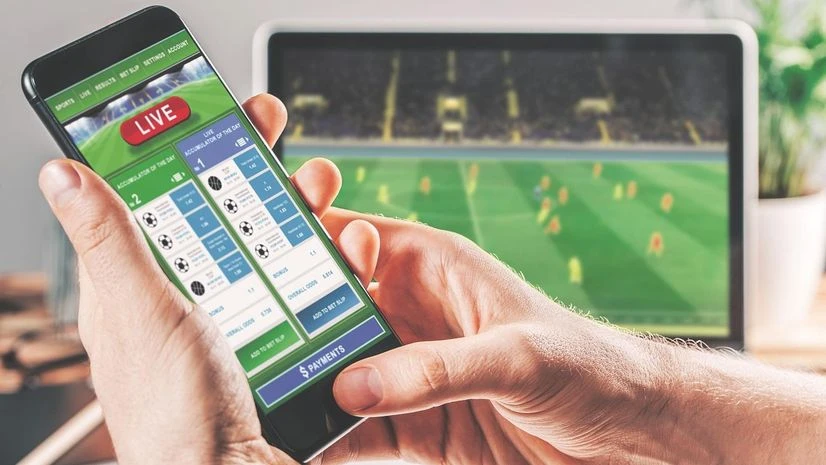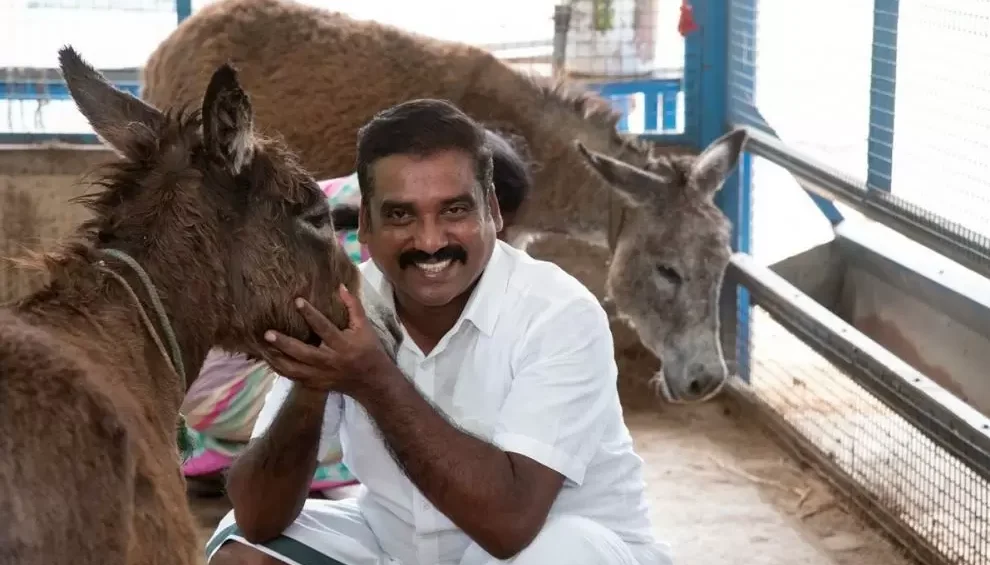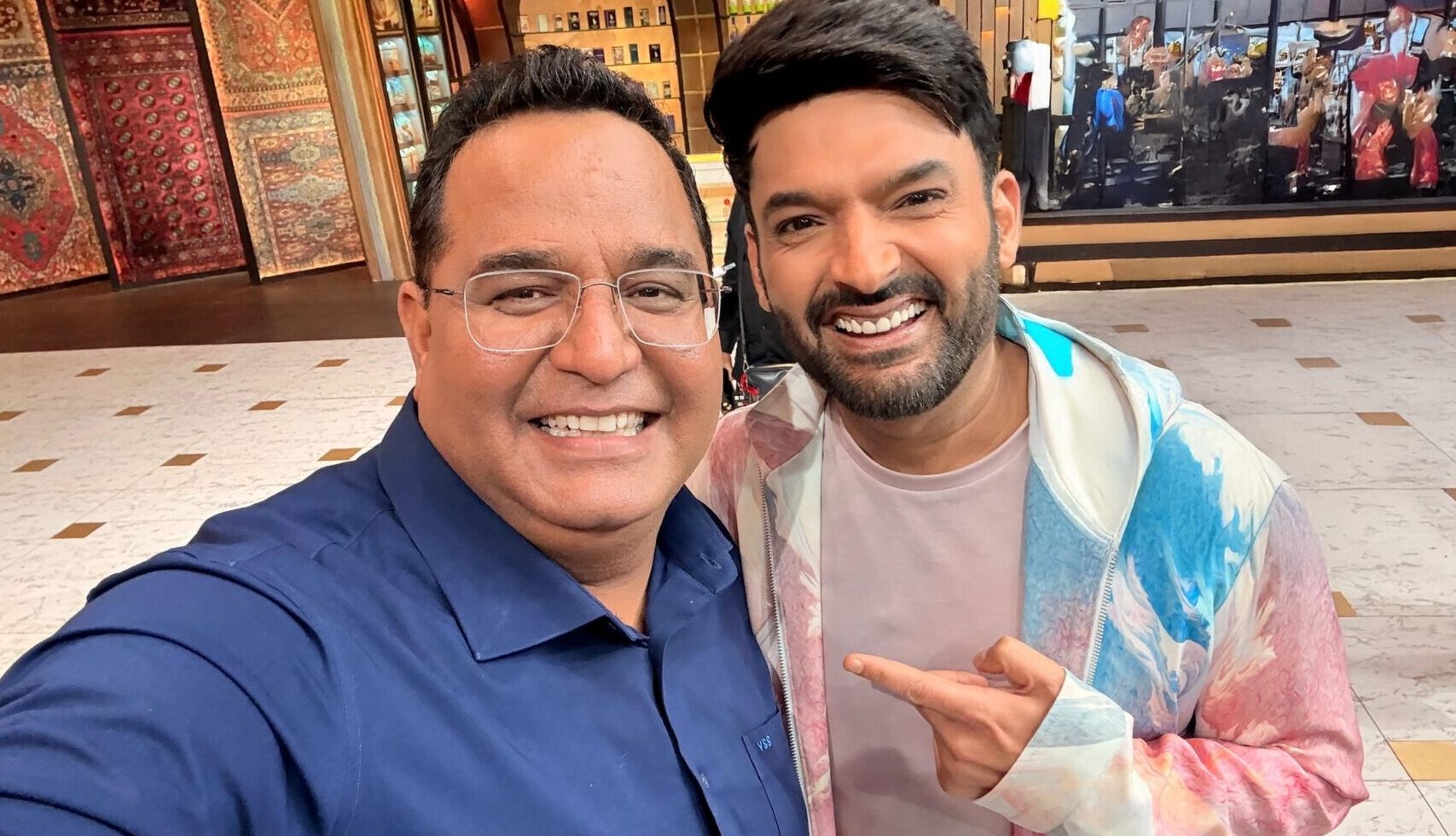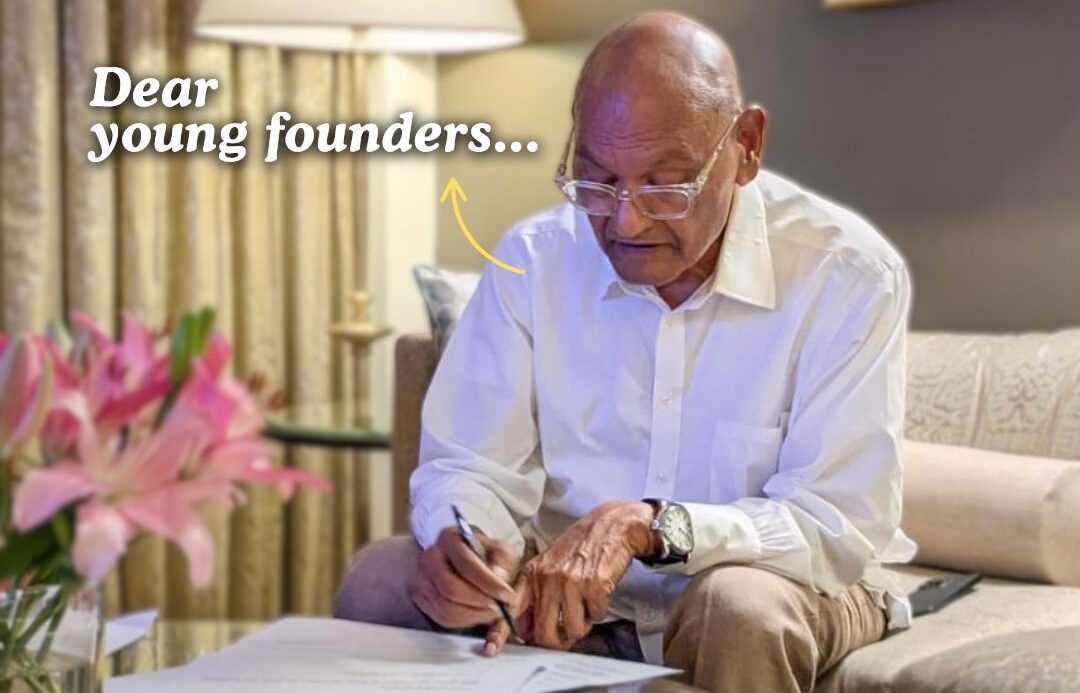“Correlation ≠ causation” is Day 1 in any stats class. Yet the run of turbulence that has followed Indian Cricket Jersey and its sponsors, Sahara, Star, OPPO, BYJU’S, and now Dream11, reads like a superstition waiting to happen. We examined what’s verifiably true, what’s coincidence, and what future sponsors should actually worry about.
Note: “Jersey title sponsor” refers to the lead logo on the front of Team India’s shirt, not the kit/apparel supplier. Facts below are drawn from public orders, press releases, court filings, and widely reported coverage. Timeframe reflected is up to mid-2024.
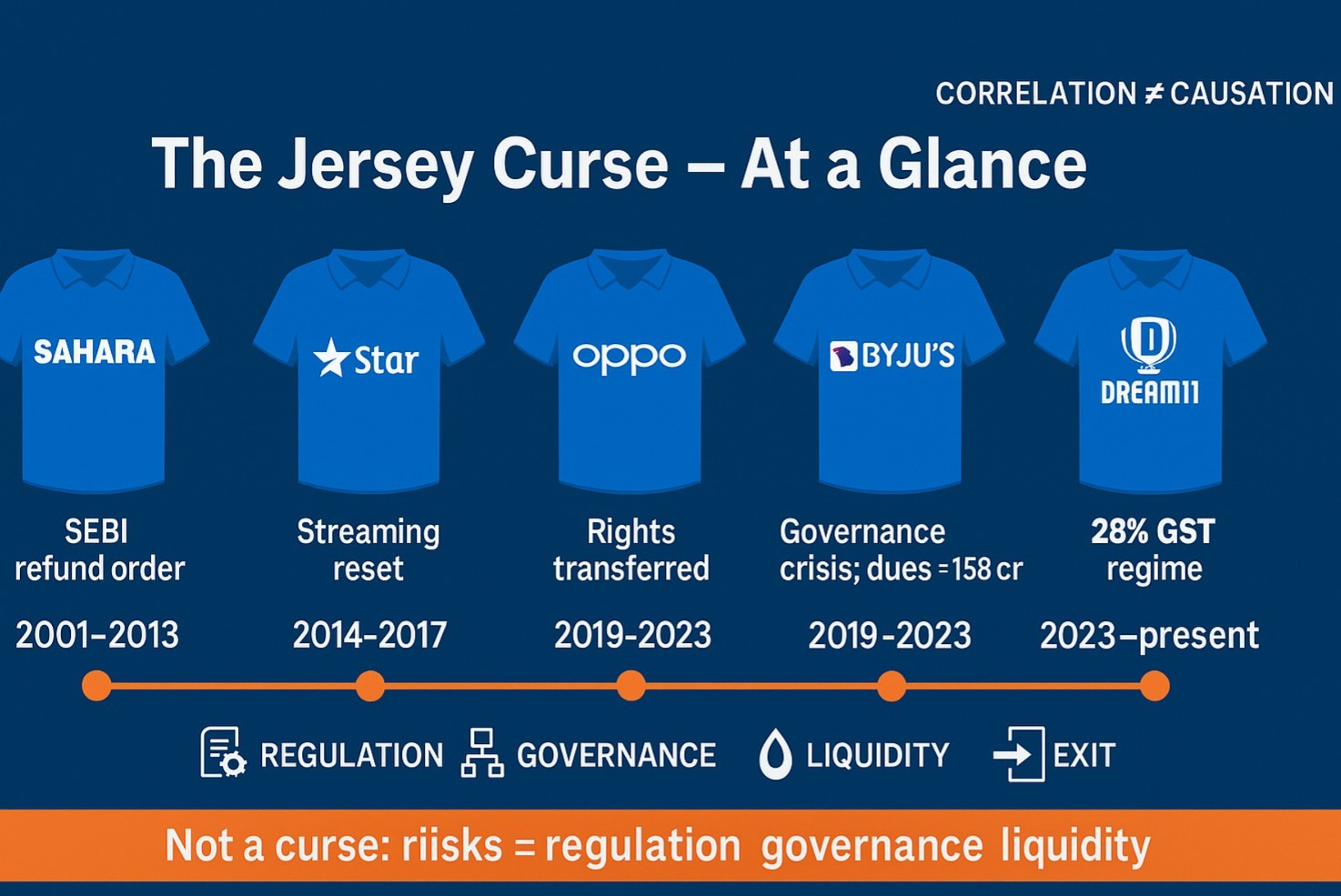
The scoreboard (what actually happened)
1) Sahara (2001–2013)
- What’s on record: The Supreme Court in 2012 directed Sahara companies to refund over ₹24,000 crore raised via optionally fully convertible debentures; SEBI pursued recovery thereafter. Sahara’s problems escalated into a long-running regulatory and legal saga, including enforcement actions in subsequent years.
- Why it’s not a “curse”: The sponsorship predates and is unrelated to, the OFCD fund-raising case that triggered the 2012 Supreme Court order. Sponsorship didn’t cause the compliance breach; corporate financing choices did.
2) Star India (2014-2017)
- What’s on record: Star India (then 21st Century Fox; later Disney) held India team sponsorship post-Sahara, while also amassing major cricket broadcast/streaming rights. By 2023–24, intense streaming competition (notably from JioCinema/Viacom18) reshaped the economics. In early 2024, Disney agreed to combine its India business with Viacom18 in a joint venture (subject to regulatory/closing conditions).
- Why it’s not a “curse”: Streaming upheaval was an industry-wide shift: rights fragmentation, advertising cycles, subscriber behavior, and cost of content. A shirt deal wasn’t the catalyst.
3) OPPO (2017-mid-2019)
- What’s on record: OPPO signed a much-reported ₹1,079-crore, five-year team sponsorship in 2017 but transferred the rights to BYJU’S in 2019, well ahead of term. Around the same period, OPPO (and several Chinese handset makers) were fighting multiple patent disputes in Indian courts, including suits from Nokia and InterDigital.
- Why it’s not a “curse”: Early exit looked like a portfolio/ROI recalibration amid legal costs and a fiercely competitive handset market, rather than a sponsorship hex.
4) BYJU’S (2019-2022/23)
- What’s on record: BYJU’S took over mid-cycle in 2019. From 2022-24 it faced a cascade: auditor resignations, governance questions, regulatory scrutiny, cash-flow stress, lender disputes, and reported unpaid dues to BCCI (~₹158 crore) before it exited the jersey slot.
- Why it’s not a “curse”: This was a classic rapid-scale + liquidity + controls crunch. The sponsorship didn’t cause auditor exits or debt covenant fights; internal governance and market conditions did.
5) Dream11 (2023-present)
- What’s on record: Dream11 became India’s lead jersey sponsor in 2023. In 2023–24, the 28% GST regime on online gaming came into force, and the sector has faced significant tax demands and interpretational disputes. Various states have periodically restricted real-money gaming; litigation and policy clarifications continue.
- Why it’s not a “curse”: The tax/legislative environment changed for the entire industry, not one sponsor. Dream11’s challenges reflect regulatory risk, not jersey jinx.
The pattern looks spooky because our brains love patterns
Five consecutive sponsors encountering turbulence makes for a great WhatsApp forward. But the “curse” dissolves once you layer in:
- Base rates: Indian consumer tech, media, and finance have all faced macro shocks in the last decade, funding cycles, post-pandemic ad slowdowns, regulatory resets, and court-driven compliance.
- Self-selection: The brands vying for India’s most visible sports real estate tend to be hyper-growth, regulation-exposed, or cash-intensive. These are precisely the companies most likely to hit potholes during downcycles.
- Timing bias: Sponsorship cycles (3–5 years) often overlap with rights auctions, M&A, or policy shifts, moments when companies rebase strategy, not because of a logo on a shirt but because economics moved.
What sponsors really need to underwrite (not ward off)
- Regulatory risk model: Map potential policy shifts (tax treatment, foreign investment rules, consumer protection, data/privacy) to cash flows. Stress-test worst-case levies and enforcement delays.
- Governance hygiene: Sponsors on the world’s most watched jersey will face more media scrutiny. Ensure audits, disclosures, and board controls can withstand it.
- Liquidity buffers: Front-loaded rights + working capital needs can pinch. Maintain contingency headroom for 12–18 months of shocks.
- ROAS discipline: Measure incremental lift from the jersey asset versus other channels (broadcast/IP, athlete IP, performance media). Kill what doesn’t pay back; don’t chase vanity GRPs.
- Exit mechanics: Negotiate clean assignment/transfer clauses (OPPO→BYJU’S is the case study), payment schedules tied to deliverables, and dispute-resolution timelines.
The “Ainwayi” box you asked for
Things that might be likelier than five straight “manhusiyats”:
- A stress-free drive on Outer Ring Road, Bengaluru.
- A Mumbai restaurant where the wait is under 10 minutes and the bill doesn’t sting.
- A blue-sky day in Delhi you don’t want to Instagram just to prove it happened.
Fun, but not evidence.
So, who’s next on the Indian Cricket Jersey?
BCCI typically invites bids for the jersey title slot in multi-year cycles. Predicting a name is guesswork, and this report avoids speculation. What’s reasonable to expect is category fit:
- Consumer fintech/UPI-scale players seeking mass trust and daily recall.
- Telecom, device, or streaming platforms chasing high-frequency brand moats.
- E-commerce and travel during expansion waves.
- Ed-tech and gaming only if balance sheets and policy visibility improve.
- Legacy FMCG/auto if they want a reach-efficient national masthead.
If the next sponsor does their homework on regulation, governance, and ROAS, history suggests they’ll be fine. If they don’t, it won’t be the jersey that did them in.
Method note & provenance
- Sahara vs SEBI: 2012 Supreme Court order directing refund of over ₹24,000 crore; long-running enforcement thereafter.
- Star India sponsorship: Team India lead sponsorship 2014–2017; later Disney-Star strategic shifts amid India streaming wars; 2024 agreement to combine Disney’s India business with Viacom18 (closing/regulatory conditions apply).
- OPPO: 2017 five-year team sponsor (widely reported at ₹1,079 crore) with rights transferred to BYJU’S in 2019; parallel patent disputes (e.g., Nokia, InterDigital) in Indian courts.
- BYJU’S: Took over mid-2019; faced auditor exits, compliance and liquidity issues from 2022–24; reported BCCI dues (~₹158 crore) prior to exit.
- Dream11: Announced as lead sponsor in 2023; sector impacted by 28% GST regime from Oct 2023 and ongoing state/central policy flux.
The so-called “jersey curse” is less about bad luck and more about the high-risk industries that chase cricket’s spotlight. The real lesson for future sponsors: superstition won’t sink you, but weak governance and shaky balance sheets might.
Also Read: Virat Kohli’s Startup Play: Brands, Bets & Big Wins









